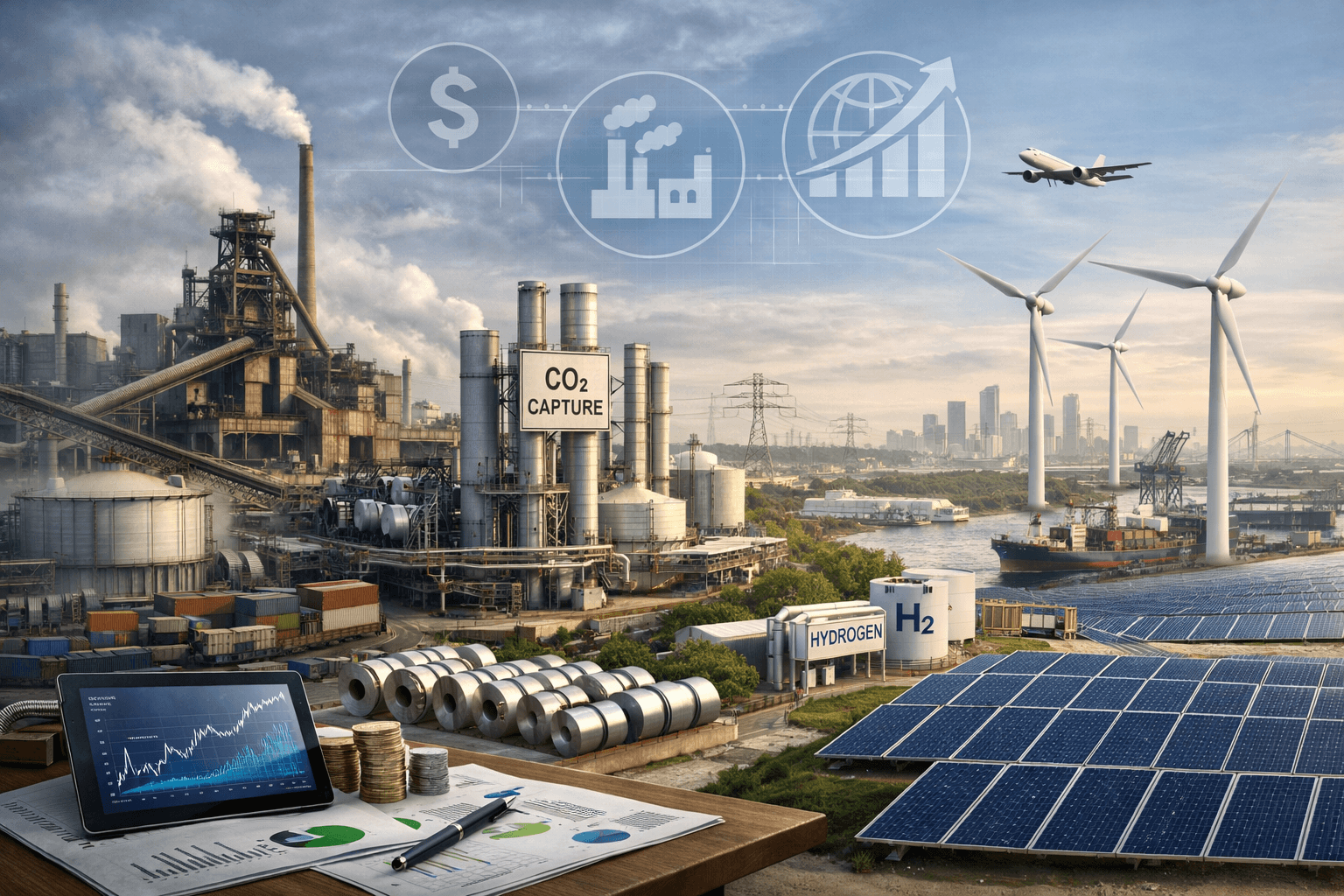Blog
Redefining Growth – Excerpt From The Robot And Automation Almanac
Fred van Beuningen
Feb 19, 2018
Read more at www.robotalmanac.com The last decades left us better housed, fed, and equipped through an economic growth miracle. That miracle came at a cost: environmental destruction puts our planet and companies at risk. The old economic model, with its resource overuse and product underuse, no longer works.Cars and office buildings are underused, food is wasted, and non-renewable resources are depleted. At the same time, disruptive technologies that drive the intelligent systems revolution develop at breakneck speed and have large commercial benefits, but do they contribute to a new economic model where the economy prospers and nature thrives? Where renewable energy powers the economy, where everything that is used can be used again, and where less wasteful systems are designed for mobility, food, and housing? These will be important questions in 2018 and the years beyond.
The root cause of our wasteful economy is that we have developed efficient products but inefficient systems. The mobility system with extremely low car utilization and tank-to-wheel energy efficiency provides a good example. Land utilization and yearly deaths and injuries on roads further illustrate the structural waste in mobility. But waste is everywhere, not only in mobility, through low product utilization during product life, the short length of the product life, and the low reuse or recycle rates after the first-use cycle. The costs of our economic model have started to outpace the benefits so we live off the capital, not the dividends.Whilst technological disruption provides part of the necessary system reset, it is important to define a set of principles and boundaries to make sure technology addresses relevant systems change. In their inspirational publication A Good Disruption, Stuchtey, Enkvist and Zumwinkel describe three building blocks for a positive system: abundant renewable energy, a cradle-to-cradle material bank, and a high-productivity industry built on circular and regenerative principles.Intelligent SystemsTipping-point technologies, like advanced sensors and IoT, combined with the availability of vast amount of data and computing power, have the potential to support system-level changes. At the same time, there is a significant spotlight on the ethical, legal, and safety aspects of future applications. In part, these will depend on how these technologies are deployed and what questions we use to inspire researchers and developers.
The mobility system illustrates the potential of positive disruption well. Ubiquitous connectivity and sensing enable us to measure things that were previously unmeasurable. Advances in data analytics enable us to build models to understand better how people move through cities. AI technology will help us move from descriptive models to predictive models and prescriptive decisions to optimize the flow of traffic in cities through new on-demand and multi-modal systems. AI technology can optimize traffic lights in real time, dispatch fleets of small electrical vehicles on demand, and address the “last mile” problem. Modal integration and sharing of transport will dramatically improve the utilization of vehicles and facilitate the inflow and outflow of cities, significantly reducing environmental impact and costs.We need to become more intelligent about our resource use and redefine growth. Not as throughput, linear material flow and limited liability but as performance, circular material flow and internalized liabilities. This has important implications for business models, where customers become users and demand flexible access to the utility the product provides, and pay per use, facilitated by IoT, platforms, and devices.This “performance economy” moves toward near-zero marginal cost, companies sell a service, retain ownership of the asset over the lifetime, and make a profit from the asset’s use and end-of-life phase. Digital technology enables speed and scale of the most prominent circular business models such as resource recovery, sharing platforms, and product as a service.
These technologies provide the information and connections needed to maintain a relationship far beyond the point of sale. Such connections enhance remote visibility and control of assets, which are especially critical for the Product as a Service, Sharing Platforms, and Product Life Extension business models. By altering the way businesses and consumers interact with physical and digital assets and enabling dematerialization, digital technologies can transform value chains, so they are decoupled from the need for additional resources for growth. Core capabilities for companies will shift toward the ability to manage complex collaborative networks and innovation/product development. Customers will become more mobile and demanding, manufacturers will become retailers, and retailers will become digital communities.Advanced AI capabilities can benefit public welfare, particularly in areas like safety, public health, education, and mobility. Public welfare, however, is a complex system, and improving, for example, a health or mobility system involves many interacting components. The ultimate grand challenge of AI for public welfare is to create tools that automatically and proactively identify problem causes, propose policy solutions, and predict consequences of those (potentially cross-issue) policies; to identify solutions that a person may not immediately come up with because of the ability of a systems model to look across domains and see linkages that no single individual could; to develop specific data sets to inform decisions based on system-level consequences.
Cities are the logical systems level at which to experiment with solutions that improve public welfare, and useful frameworks exist for how to build a great city. Best practices on how to combine the circular and smart vision as two reinforcing factors to create great cities become available. Circular thinking looks to extend the use cycle and utilization of assets, looping them into additional use cycles, and regenerate natural capital. The smart factor enables knowledge about the location, condition, and availability of the asset.In the coming years, we will see more people translating the big smart and circular vision for cities into concrete programs and polices enabled by digital technology, distributed and clean energy, new business models, enlightened consumers, and governments acting as market makers. Parts of this transition will begin in 2018, but it may still be a number of years before it is commonplace.


